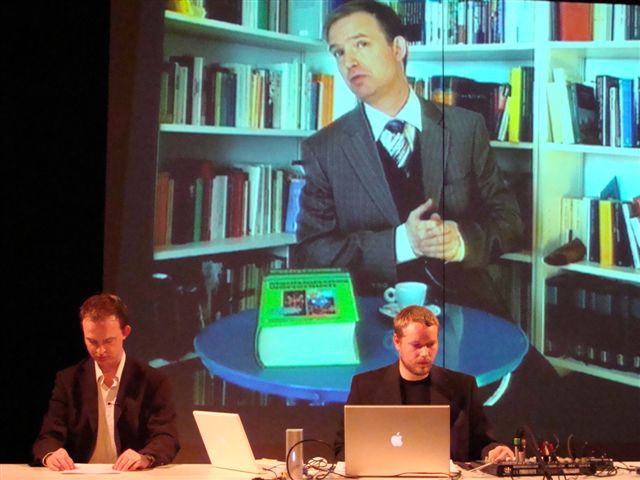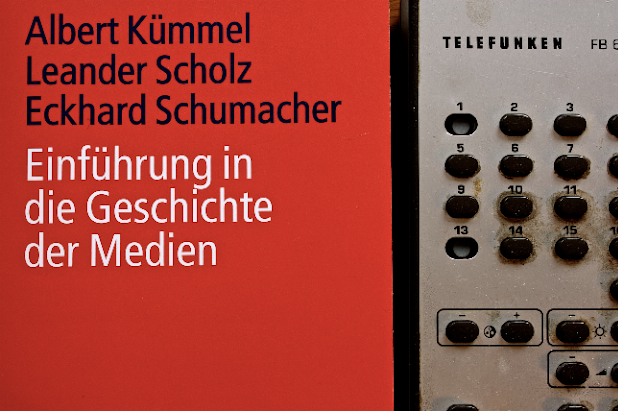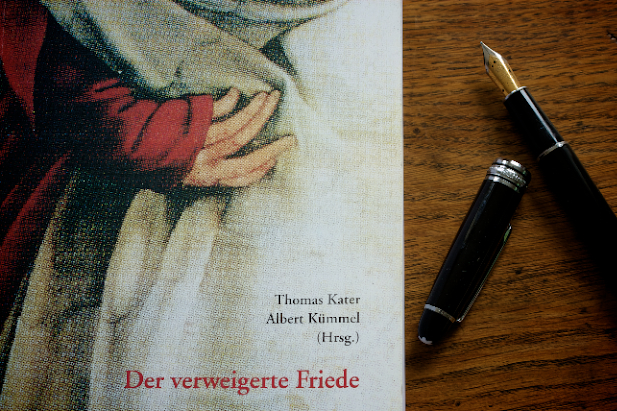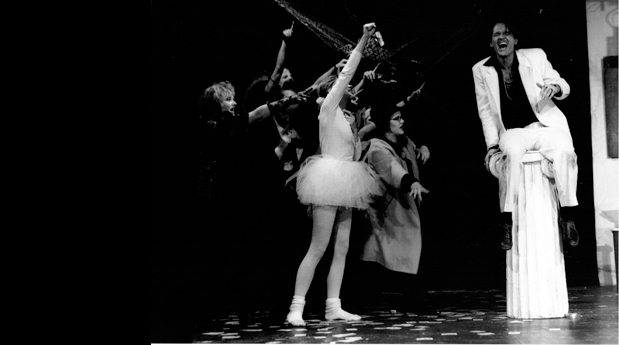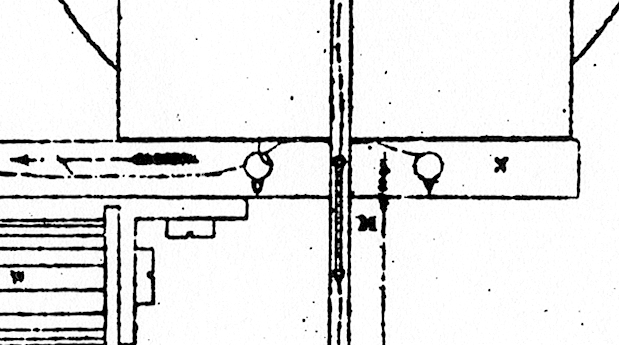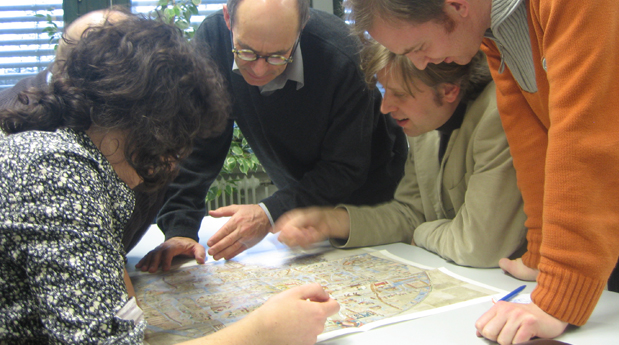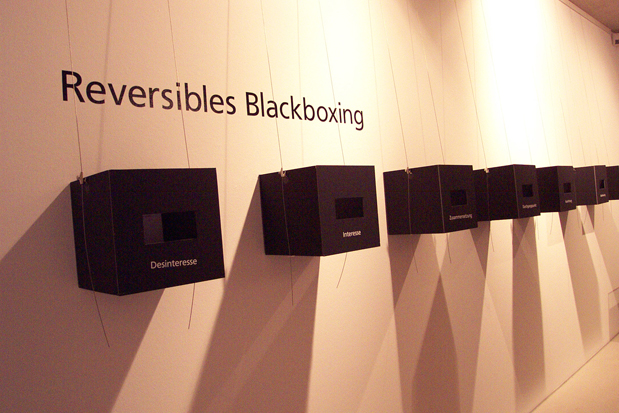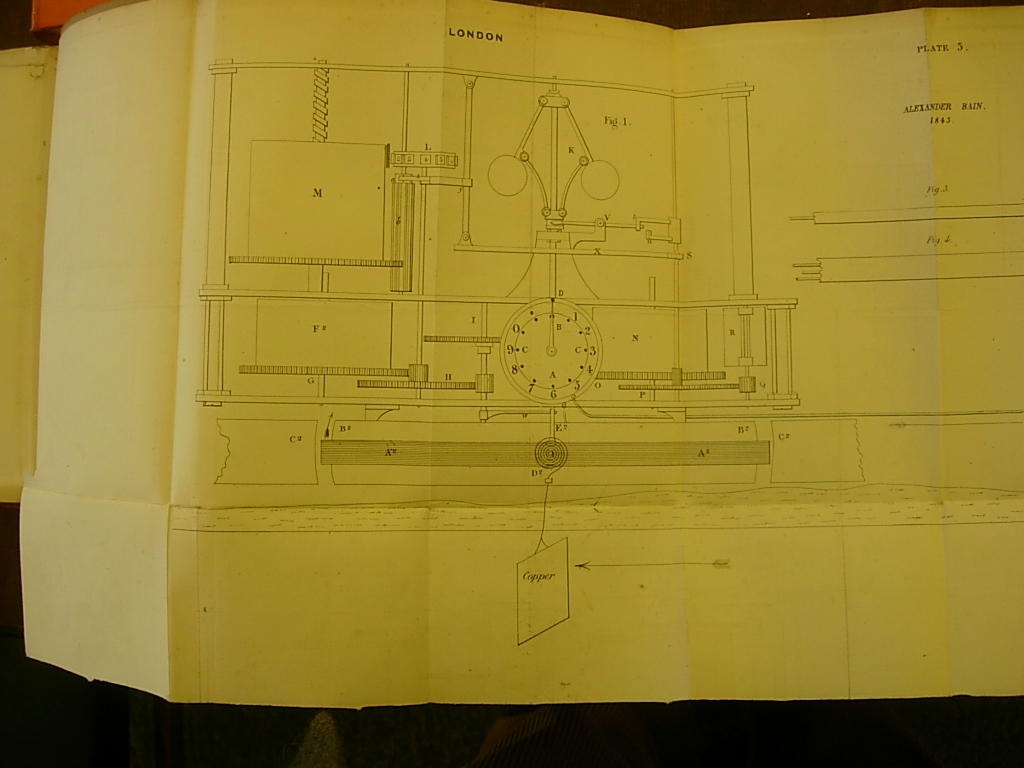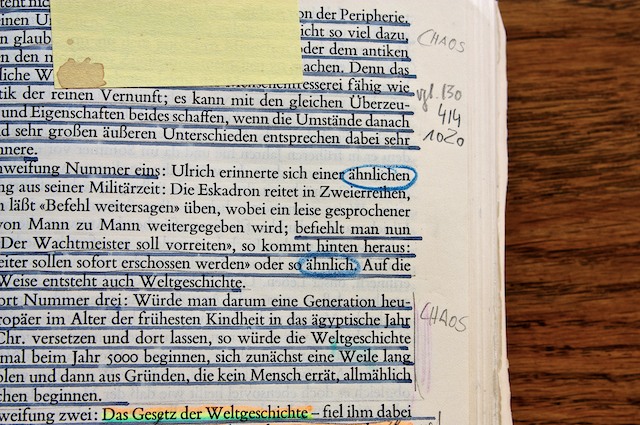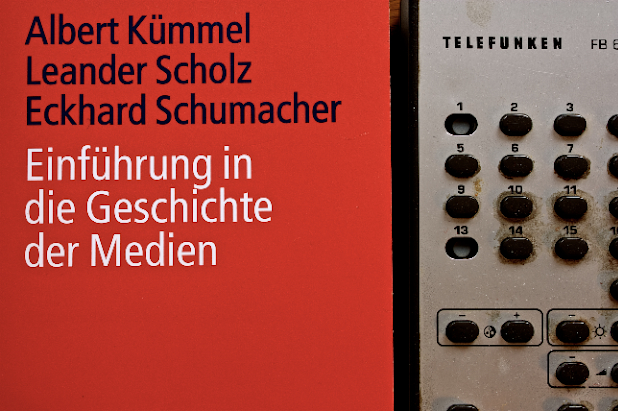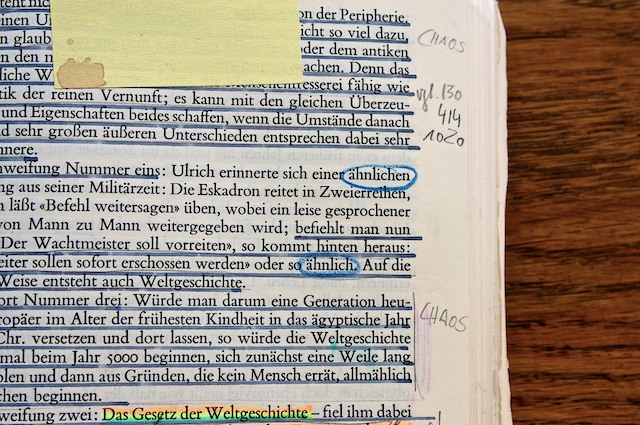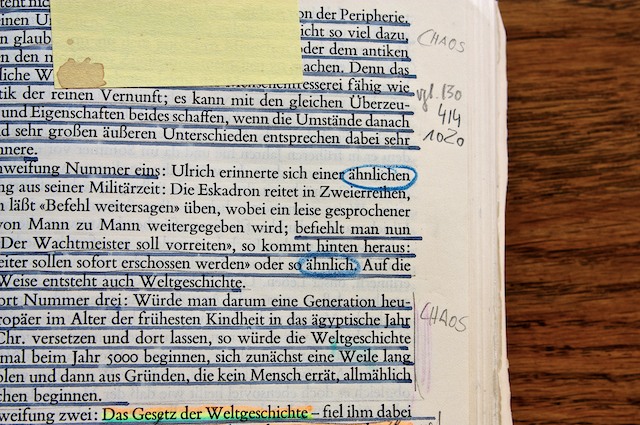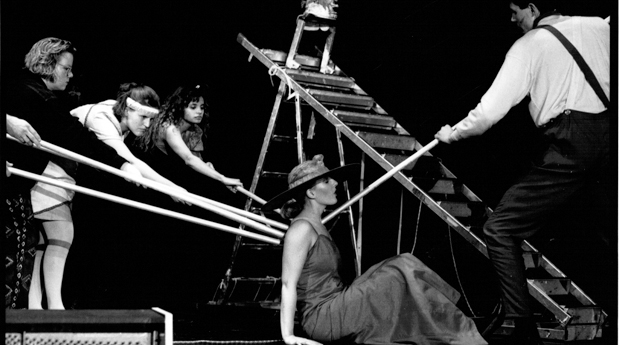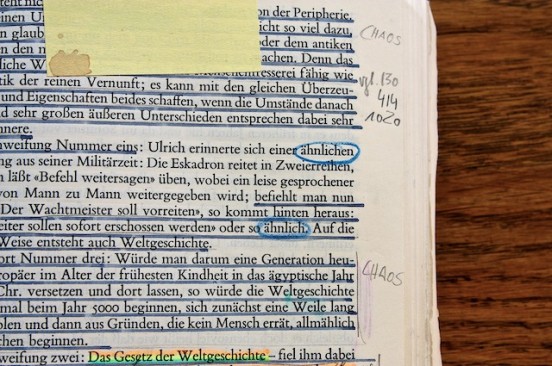
Academic Witchcraft
„Academic Communication as Witchcraft. Spiritualism vs. Modern Rationality in the Case of Zöllner“, in: artUS 17 (März/April 2007), S. 33-39.
It is important to note that a witchcraft-believing climate has nothing to do with personal deficiencies. The reasons for the rise of all kinds of paranoic thinking are to be found in the structure of the social space and not in the individual idiosyncrasies of the people inhabitating it. Witchcraft is a sociological model; adopting it we understand more about Zöllner’s paranoia than by following Helmholtz who simply claims that Zöllner is out of his mind. Under the spell of this type of social structure witchcraft never enacts its power anonymous but aims at individuals in a very precise and concrete manner. You are not bewitched by strangers but usually the culprit will turn out to be a neighbour, a relative or a colleague. It is important to stress that the bewitched who accuses somebody is victim and delinquent at the same time.



